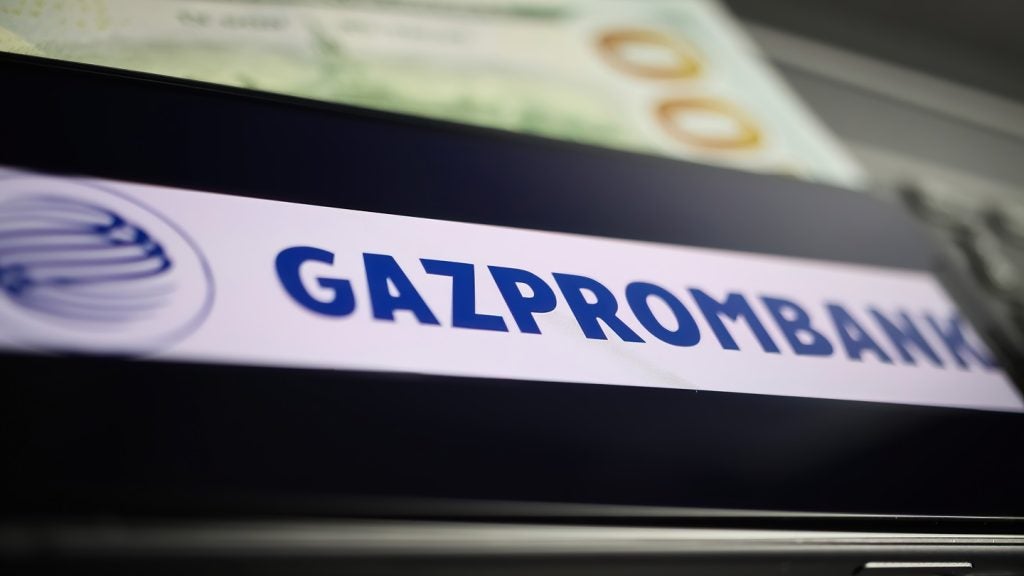The United Services Automobile
Association, a US bank dedicated to providing financial services to
American military personnel and their families, has launched a bold
new marketing campaign designed to capitalise on public anger at
the mainstream US banking industry. Dan Jones
reports.
A new advertising campaign from the United Services Automobile
Association (USAA) has caused something of a stir with its bold
challenge to the financial services industry.
“Banks don’t need bailouts. People do” and
“It’s your money. You shouldn’t have to pay to use it” are two of
the taglines being used in the bank’s quest to increase its brand
exposure at a time when others retrench.
The marketing push is likely to continue
through the summer and beyond in order to take advantage of the
current public mood, according to Jon Stewart, senior
vice-president creative director, at Campbell-Ewald, the US ad
agency behind the campaign.
Speaking to RBI, Stewart said that:
“This campaign needs to live on for a while. The well of public
anger and confusion will probably not go away in the very near
term. This campaign, this tone and this look will remain relevant –
this is a big commitment for USAA.”
That tone is very much designed to play on the
‘back to basics’ theme now being widely touted by the industry as
the answer to its problems.
How well do you really know your competitors?
Access the most comprehensive Company Profiles on the market, powered by GlobalData. Save hours of research. Gain competitive edge.

Thank you!
Your download email will arrive shortly
Not ready to buy yet? Download a free sample
We are confident about the unique quality of our Company Profiles. However, we want you to make the most beneficial decision for your business, so we offer a free sample that you can download by submitting the below form
By GlobalData“The ads are very pared back,” Stewart said.
“We don’t have a lot of extraneous elements or embellishments to
them. Everyone is always talking about stability but there is
always a huge hedge because they can’t tell the whole story [with
regards to their own standing].”
The bank currently has 6.8 million
members encompassing 5.4 million households, but has not remained
entirely immune from US economic problems: its 2008 net income
totalled $423 million, down from $1.86 billion a year previous.
Despite its military focus, it is the
families of US servicemen and women that make up some 48 percent of
the bank’s total membership, with the remaining 52 percent split
between those enlisted in the armed forces (25 percent) and
officers (27 percent). USAA has no plans to target the wider
population, though Stewart said gaining the attention of the
general public would be “a nice secondary benefit”.
The bank’s close ties with its
customers not only means it frequently wins customer service awards
but also gives it an impressive cross-sell ratio of 4.25, having
distributed 28.9 million products to its 6.8 million customers as
of 31 December 2008.
Though 6.6 million of those members are
located in the US, the US military’s global presence means that
USAA has had to remain at the forefront of banking technology in
order to successfully serve its customers.
Even for a direct bank, its mobile
banking customer numbers remain considerable: over 800,000 have
used the service in the 12 months since launch, and the bank has
now launched an iPhone application in line with some of its more
high-profile peers (see RBI 613).
A recent m-banking advertising campaign
was also run by Campbell-Ewald, which employed the slogan “because
bank branches don’t fit in your pocket”. Stewart said the tie-up
was an ideal fit for the financial institution.
“USAA is a largely unknown entity
except for a certain percentage of military families and
descendants, and they need to get the word out,” Stewart added.
“The price of entry for us was probably our work with the US Navy –
the fact we had a military branch of service as an existing
client.”
The campaign is running in print form
via daily and weekly newspapers; on web banners and wi-fi
advertisements; through cinema advertising and via 60 and 10 second
radio spots. All such efforts are targeted in the US regions where
military personnel are most prevalent, including San Antonio,
Texas, where USAA is headquartered.
That headquarters largely functions as
a hub for the bank’s direct banking operations as opposed to an
access point for customers. However, USAA has recently announced it
would set up two outlets in San Antonio later this year, a break
from tradition for a company that begun operations via mail
communications and then free phone banking services.
USAA spokesman Paul Berry told
RBI that the centres did not represent a change of tack
for the direct bank.
“They are actually going to be
financial centres rather than branches, where our members can
choose to access their accounts if they so wish. It is just another
channel for members, but it is more of a test facility right now,”
Berry said.
The approach is very different from
USAA’s rivals, the majority of whom are implicitly contrasted with
the institution in the current campaign. Banks such as Bank of
America and US Bank are among those who have a dedicated military
banking division, but Berry said it is USAA’s singular purpose that
differentiates it.
“All our products are set up to help
the military member and their family have access to their account
and achieve their personal financial goals. It is our mission to be
the provider of choice for the military community,” Berry said.
|
DISTRIBUTION |
||
|
USAA – m-banking penetration, Dec |
||
|
Region |
Total customers |
m-banking log-ins |
|
North America |
6,650,000 |
893,000 |
|
Europe |
97,000 |
23,500 |
|
Asia |
52,000 |
21,500 |
|
Australia |
1,100 |
1,100 |
|
South America |
2,300 |
600 |
|
Africa |
800 |
1,500 |
|
Total |
6,803,200 |
941,200 |
|
Source: USAA |
||







